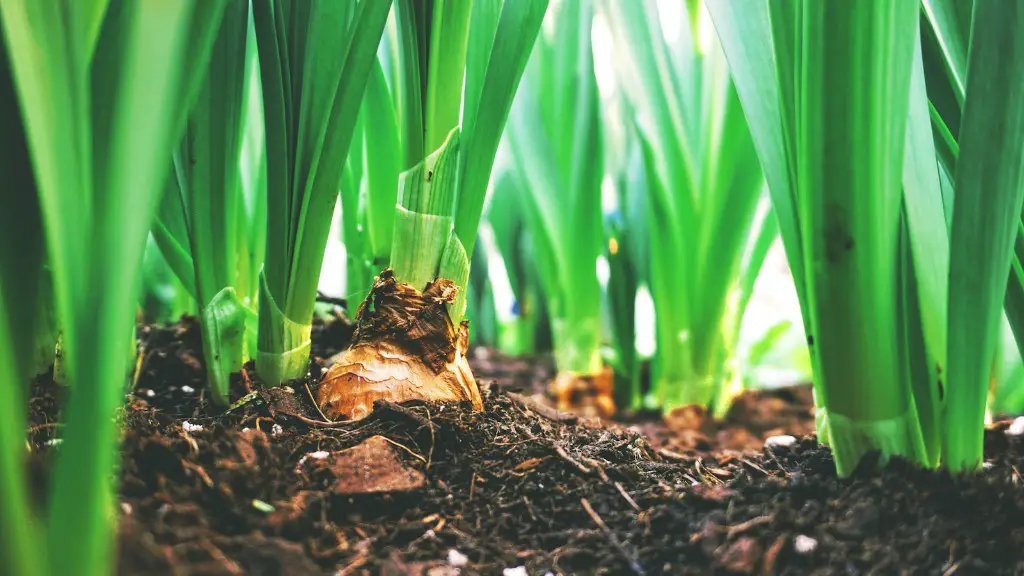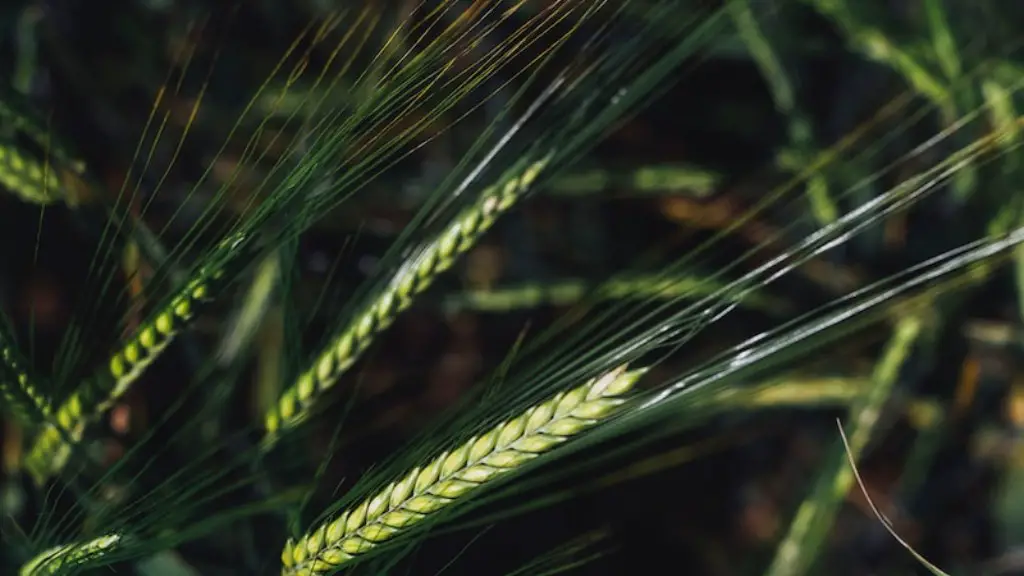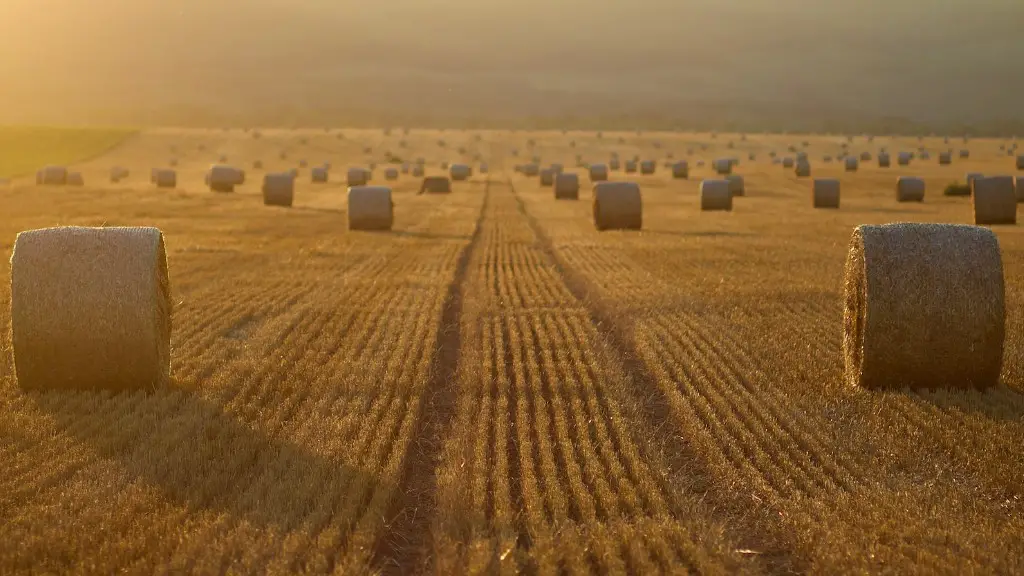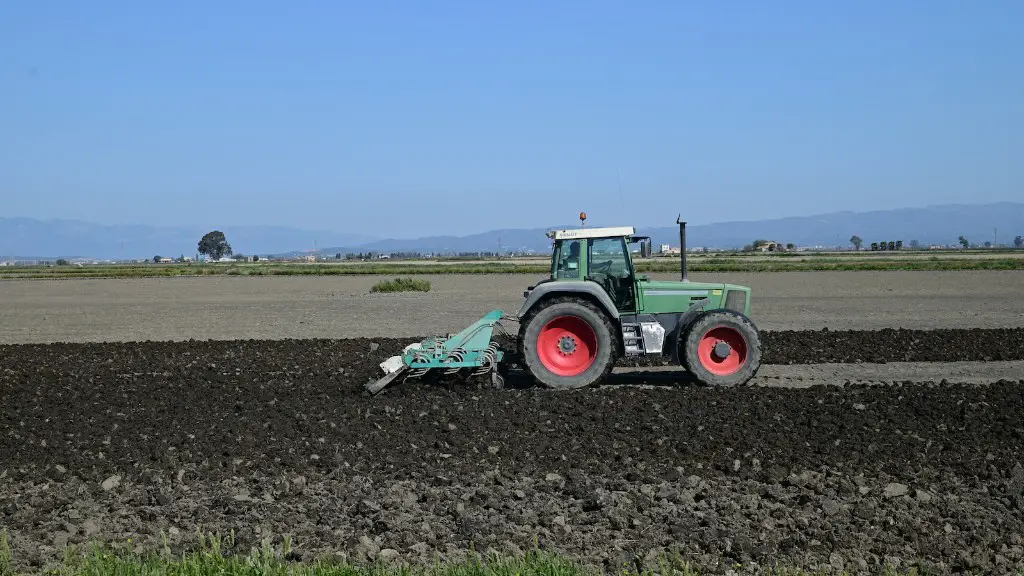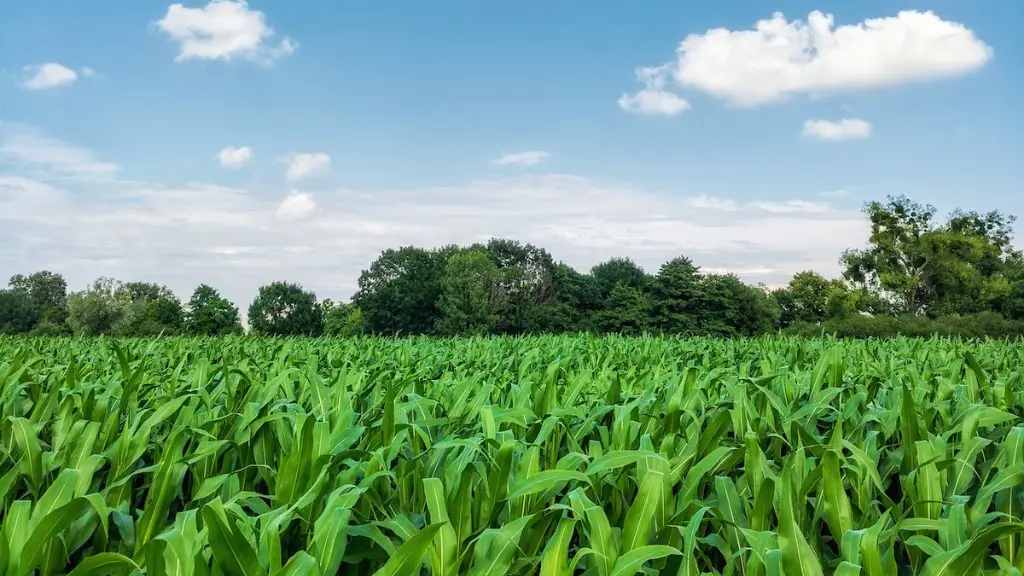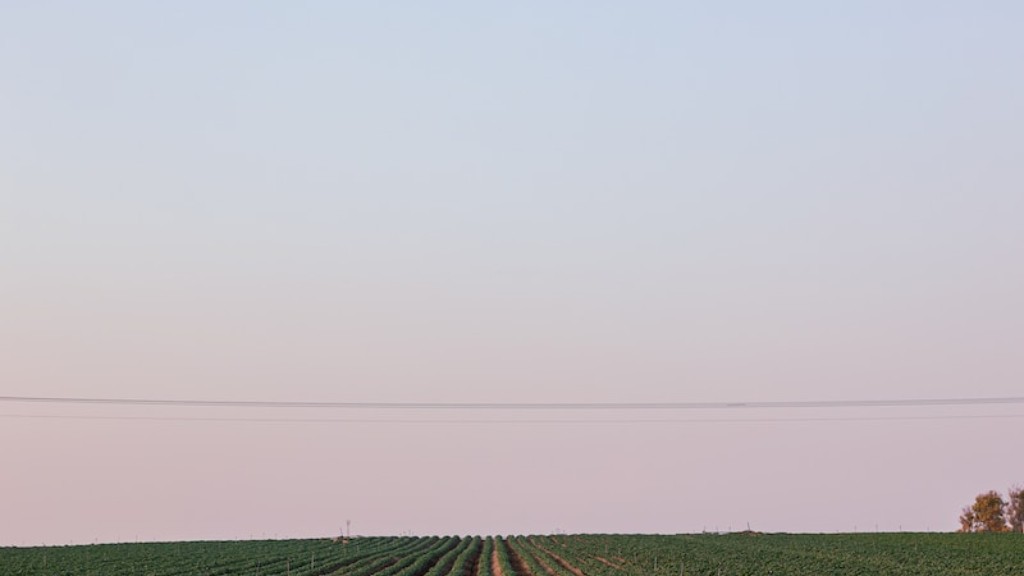The way we grow and produce food has changed dramatically over the last century with the advent of industrial agriculture. This new method of farming has allowed us to increase yields and produce food on a much larger scale than ever before. However, it has also had a significant impact on the environment.
Industrial agriculture is generally designed to maximize production efficiency and minimize costs. This often means using large amounts of synthetic fertilizers, pesticides, and herbicides. It also often involves clearing large tracts of land for crops or livestock, and intensively grazing livestock on relatively small areas of land.
These practices can lead to soil erosion, water contamination, and habitat loss. They can also contribute to climate change. Industrial agriculture is a leading source of greenhouse gas emissions, accounting for approximately 10% of global emissions.
In order to feed the world’s growing population, we need to produce more food. But we also need to do it in a way that doesn’t damage the environment. That’s a challenge we’re still working on.
The main way in which industrial agriculture affects the environment is through the large-scale use of pesticides and fertilizers. These chemicals can pollute air and water, and their overuse can lead to soil depletion. Additionally, the intensive animal husbandry practices used in industrial agriculture can create pollution and ecological imbalances. For example, the widespread use of antibiotics in industrial livestock production can lead to the development of antibiotic-resistant bacteria. The large-scale clearing of land for industrial agriculture can also have detrimental effects on local ecosystems.
How does the agriculture industry affect the environment?
Agriculture is the leading source of pollution in many countries. Pesticides, fertilizers and other toxic farm chemicals can poison fresh water, marine ecosystems, air and soil. They also can remain in the environment for generations.
Industrial agriculture is a leading cause of human-related emissions fueling climate change, a major source of both water and air pollution, and the principal cause of antibiotic resistance and pesticide toxicity. These problems are caused by the way that industrial agriculture is currently practiced, with an emphasis on large-scale monoculture production, heavy use of pesticides and other chemicals, and confinement of animals in factory farms. To address these problems, we need to move away from industrial agriculture and towards more sustainable, environmentally friendly farming practices. This includes diversifying our crops, reducing our reliance on chemicals, and moving towards more humane treatment of animals.
How is industrial agriculture good for the environment
Over the past few decades, there have been significant improvements in agricultural technologies and production practices that have greatly reduced the amount of energy and water used, and the greenhouse-gas emissions of food production per unit of output. As a result, crop production in the United States is now twice what it was in 1970. These advances have not only made food production more efficient and sustainable, but have also helped to improve the quality of the food we eat.
There are many environmental factors that can influence the amount of arable land available for crops. The main ones are terrain, climate, soil properties, and soil water.
Crops need space to grow, sufficient light, warmth, and moisture. Soils must be of sufficient depth with sufficient drainage, texture, and chemical and fertility properties. If any of these conditions are not met, then the land will not be suitable for crops.
What are 3 effects of agriculture on the environment?
The large-scale, conventional farming system is not sustainable in the long term. It contributes to climate change, pollutes air and water, and depletes soil fertility. We need to move to a more sustainable model of agriculture that focuses on diversified production, ecological principles, and small-scale operations.
While industrial agriculture has its pros, there are also several cons to consider. One of the biggest problems with industrial agriculture is the increased risk of animal cruelty. In these large-scale operations, animals are often treated more like commodities than living creatures, leading to widespread abuse. Additionally, industrial agriculture contributes to environmental problems like water pollution and soil erosion. So, while it has its advantages, there are also several disadvantages to take into account before supporting industrial agriculture.
What are three major problems of industrial agriculture?
The environmental issues associated with industrial agriculture are legion. They include deforestation, climate change, irrigation problems, pollutants, soil degradation and waste disposal. All of these problems are exacerbated by the fact that industrial agriculture is often practiced in developing countries, where environmental regulations are less stringent.
In order to mitigate the environmental impact of industrial agriculture, it is necessary to adopt more sustainable practices. This includes using more efficient irrigation systems, engaging in crop rotation and using organic fertilizers. Furthermore, it is essential to properly dispose of agricultural waste and to enforce strict environmental regulations.
Industrial farming can have a detrimental effect on the health of workers, eaters, and those living downstream from these operations. Pesticide toxicity is a major concern, as herbicides and insecticides used in agriculture have been linked to acute poisoning and long-term chronic illness. In addition, the extensive use of antibiotics in animal agriculture can lead to the development of antibiotic-resistant bacteria, which poses a serious threat to human health. Moreover, the large-scale production of livestock can generate significant pollution, which can impact the air, water, and soil quality in the surrounding area. All of these health concerns underscore the need for more sustainable and equitable farming practices.
What are the negative impacts of industrialization on agriculture
According to some estimates, industrialized farming costs the environment the equivalent of about US$3 trillion every year. This is due to the greenhouse gas emissions, pollution of air and water, and destruction of wildlife that it causes.
Industrial agriculture has played a significant role in increasing global agricultural productivity, making more food available for a growing human population. However, it has also had a number of negative impacts on human society and the environment. These impacts can include pollution, soil loss and degradation, water scarcity, and the displacement of small-scale farmers. Additionally, industrial agriculture often relies heavily on monocropping and the use of harmful pesticides and chemicals, which can further damage the environment.
What is a benefit of industrial agriculture?
Industrial farms are able to produce food at a much higher rate than small rural farms. This is extremely beneficial, especially as the world population continues to grow at a steady rate. Industrial farms can keep up production rates much easier than small rural farms that only distribute food locally.
producing food takes a lot of water and can lead to water pollution. Greenhouse gas emissions from food production can contribute to climate change. Natural resources can be depleted if not managed properly, and food production can generate a lot of waste. Some ways to mitigate these problems include using eco-friendly practices and products, and reducing or eliminating plastic packaging.
Which type of agriculture has the highest environmental impact
Livestock grazing is a major source of greenhouse gas emissions, responsible for a large proportion of global emissions. Methane is the most notable of these emissions, and is produced by livestock during digestion. Reducing livestock grazing is an important step in reducing these emissions.
This needs to stop. Agricultural solid wastes need to be disposed of properly in order to prevent environmental pollution.
What are 5 negative effects of industrialization?
The Industrial Revolution was a period of great change for the world that brought forth many negative effects, especially for workers. Poor living conditions, poor nutrition, and dangerous workplaces were all common during this time. Additionally, child labor was rampant and women were often discriminated against in the workforce. Lastly, the Industrial Revolution also had a harmful effect on the environment.
Agribusiness is the leading driver of deforestation worldwide. The conversion of forests to agricultural land is a major source of greenhouse gas emissions, and contributes to climate change.
Final Words
Industrial agriculture has a number of negative impacts on the environment. The most significant of these is the pollution caused by the intensive use of pesticides and fertilizers. These chemicals can contaminate groundwater and surface water, and can also pollute the air. In addition, industrial agriculture can lead to soil erosion and deforestation.
Industrial agriculture has had a negative impact on the environment, as it has led to the loss of important habitats, the overuse of pesticides and fertilizers, and the disruption of the natural water cycle. These problems have in turn led to the decline of many species of plants and animals, and the rise of harmful, invasive species. Industrial agriculture has also contributed to climate change, as it has resulted in the clearing of large tracts of land, and the release of greenhouse gases from livestock and agricultural machinery.
